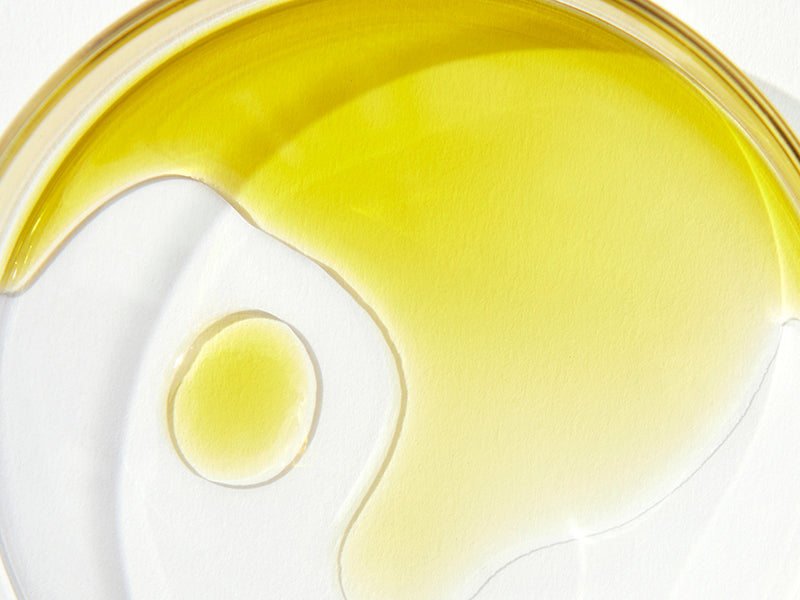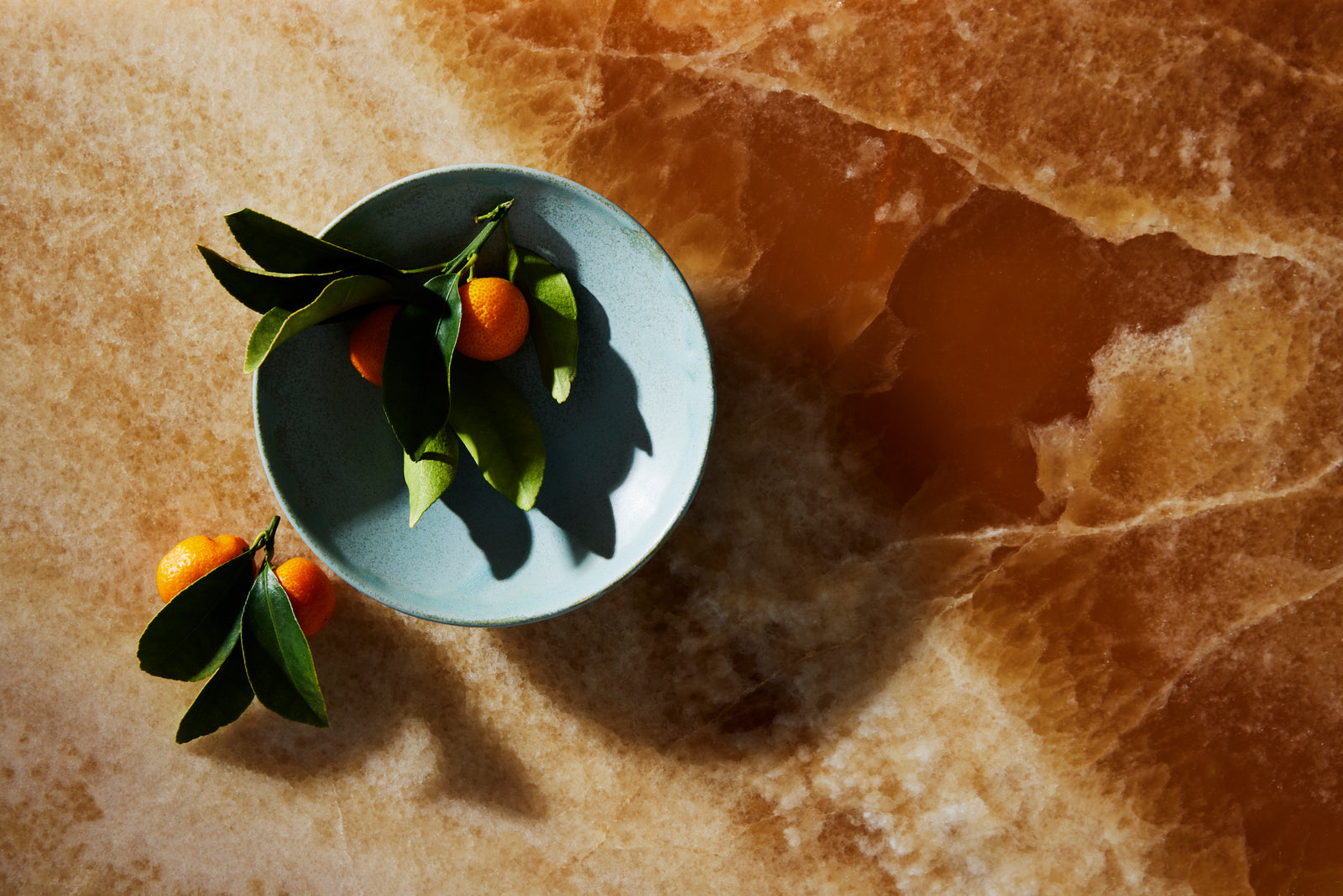Not to be confused with "comfy" (which is also something we love at Motherline, but for different reasons), comfrey—or symphytum officinale—is sometimes used on the skin to treat wounds and reduce inflammation from sprains and broken bones. It's literally sometimes called "bone-knit"!
Comfrey roots and leaves contain allantoin, a substance that helps new skin cells grow, along with other substances that reduce inflammation and keep skin healthy. So maybe comfrey and comfy aren't all that far apart after all.
Let's talk about a few reasons we love comfrey so much at Motherline.
Broken Bones/Wound Healing
Did you know that comfrey tablets were standard issue in World War II First Aid packs? It's true. Comfrey is known to accelerate the healing of wounds (and even, anecdotally, bones!).
The plant chemicals allantoin and rosmarinic acid have been found in comfrey. Why does that matter? Well, allantoin (aka: aluminum dihydroxy allantoinate) helps accelerate cellular mitosis. Translation: it speeds up the process of growing new tissue. It's an important part of fetal developmental too—the placenta contains allantoin as the baby grows, which runs out once the baby reaches full maturity. But that's not where it ends: a small amount of allantoin is actually also in breast milk, continuing to help the baby post-birth.
As for rosmarinic acid (most typically found in rosemary, hence its name), it helps to relieve pain and inflammation, as well as acting as an antioxidant.
Comfrey also contains bone-strengthening vitamins and minerals: vitamin C, calcium, and magnesium.
Muscle and Joint Pain Relief
A 2013 review of multiple studies about the medicinal qualities of comfrey stated: "It is clinically proven to relieve pain, inflammation and swelling of muscles and joints in the case of degenerative arthritis, acute myalgia in the back, sprains, contusions and strains after sports injuries and accidents, also in children aged 3 years and older."
In these studies, the use of comfrey improved the healing and reduced the pain of bruises, sprains, as well as muscle and joint pain. And get this: comfrey outperformed its pharmaceutical counterpart in a single-blind, randomized clinical trial of more than 150 participants. The researchers concluded that comfrey is as a safe and effective alternative to standard treatments. No wonder we love comfrey at Motherline...
Skin Health
Comfrey's also good for your skin. You can thank its allantoin for the way it hydrates, naturally exfoliates, protects, repairs, and soothes the skin. With all its antioxidants, comfrey can also reduce free radical activity on your skin.
But the allantoin isn't done yet.
Comfrey's natural allantoin can actually help reduce abnormal thickening of the skin caused by “keratinisation", which basically means more keratin than usual is being produced and your skin is reflecting that in its thickness. So, allantoin goes in there and interacts with the skin’s keratin to thin out an abnormal, thick stratum corneum (aka: the outermost layer of the epidermis). Is there anything comfrey can't do? (Actually, quite a few: tax forms, child-rearing, the grand jete, and hitting whatever those notes are that Mariah Carey can sing way up there.)
But there is one more thing comfrey can do: relieve skin irritations such as rashes, sunburns, and stings.
And, now, to get really nerdy. Let's talk constituents. No, they're not people who vote for politicians, in this case at least. (Wanna know more about constituents from a holistic standpoint? Read this.)
Comfrey Constituents
The major constituent of the comfrey plant is mucilage. Other constituents include allantoin, polyphenols, amino acids, phytosterols, triterpenoids, saccharides, and pyrrolizidine alkaloids.



